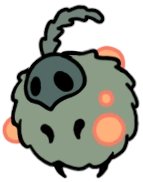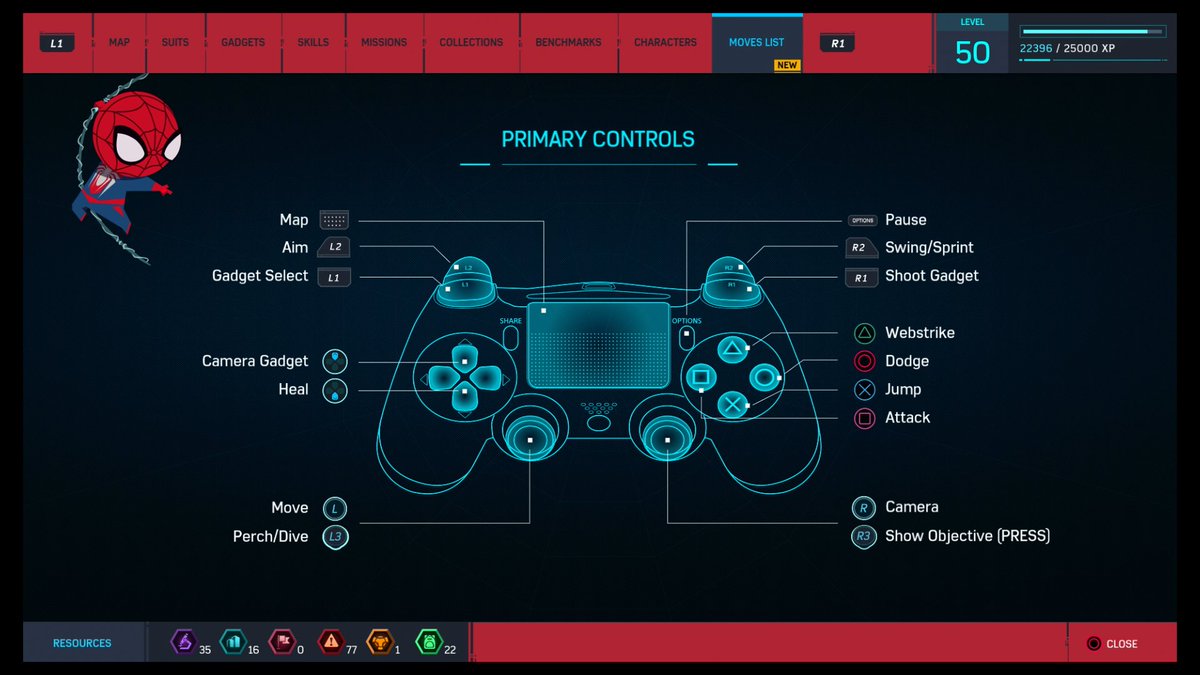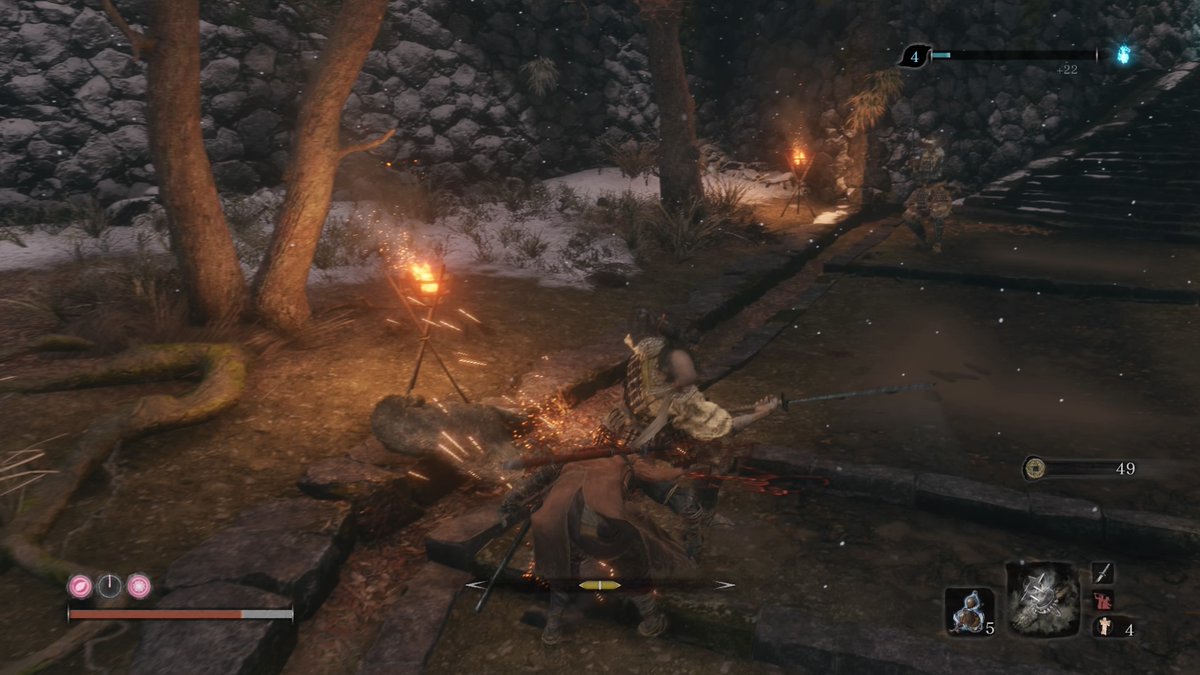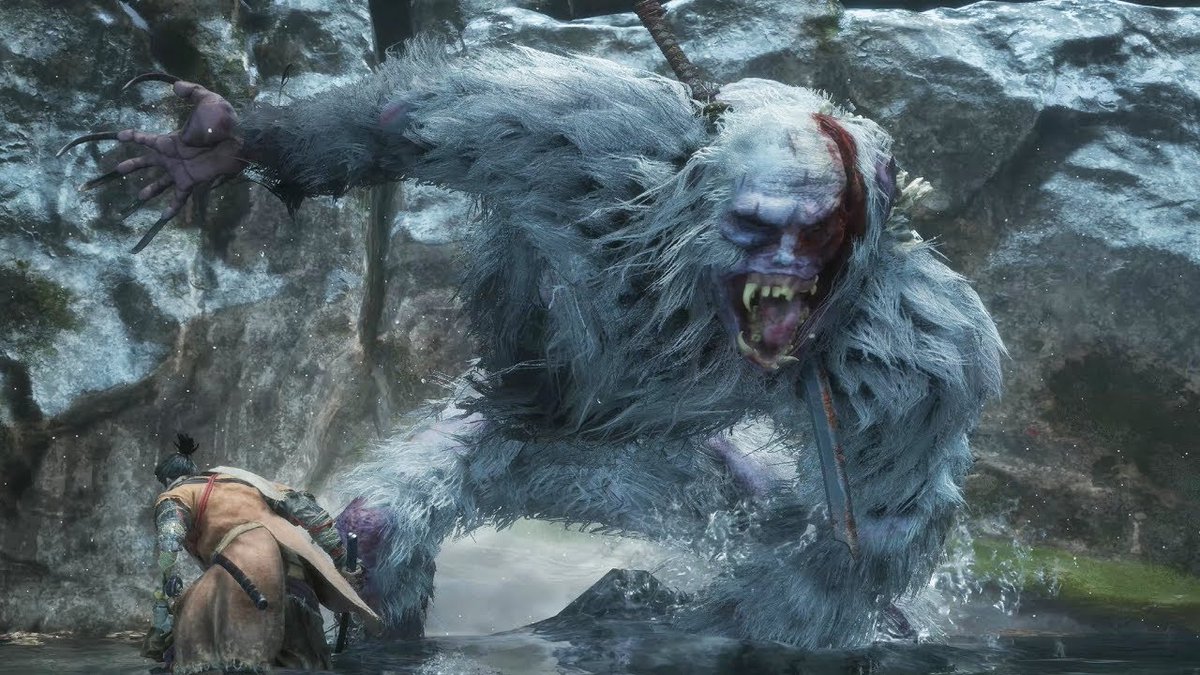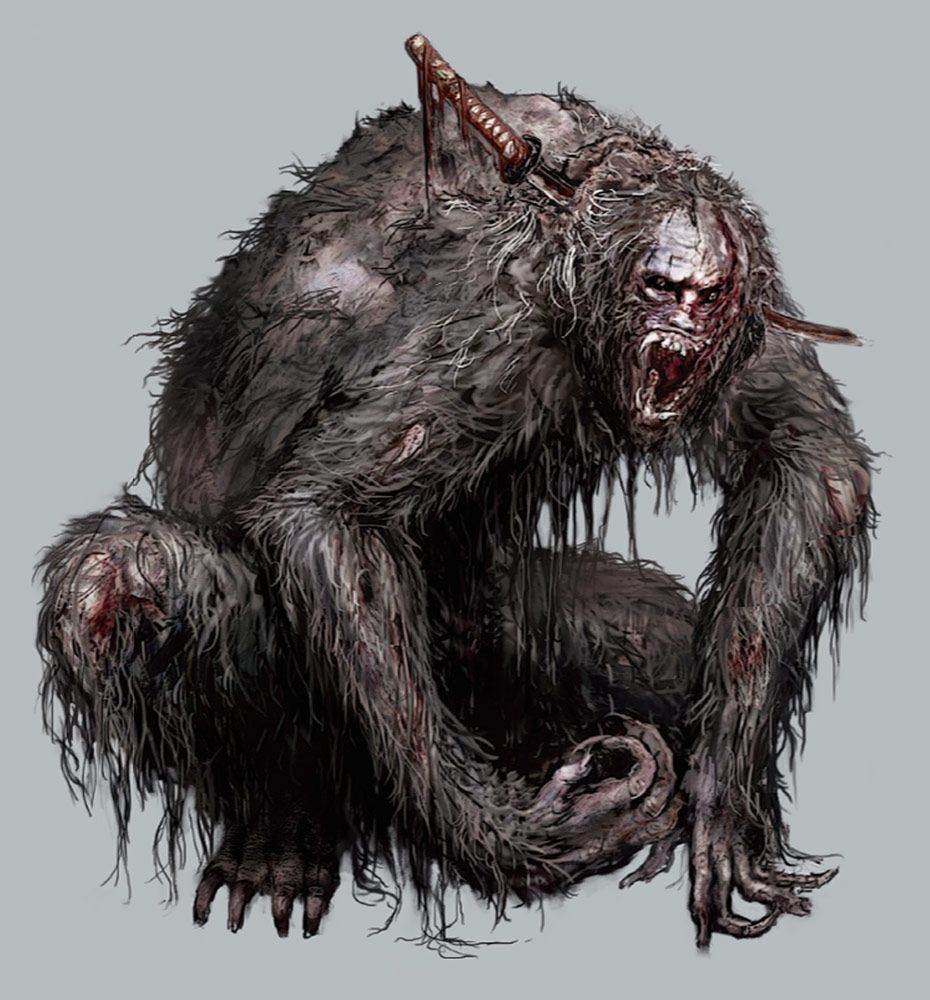What’s the purpose of a boss? Depends on the game, but usually bosses serve as a skill test, provide a sense of mastery, a set piece or a genuinely hard challenge. But, secretly, some are the ILLUSION of challenge. Let’s look at God of War’s first boss. #gamedesign #combatdesign 
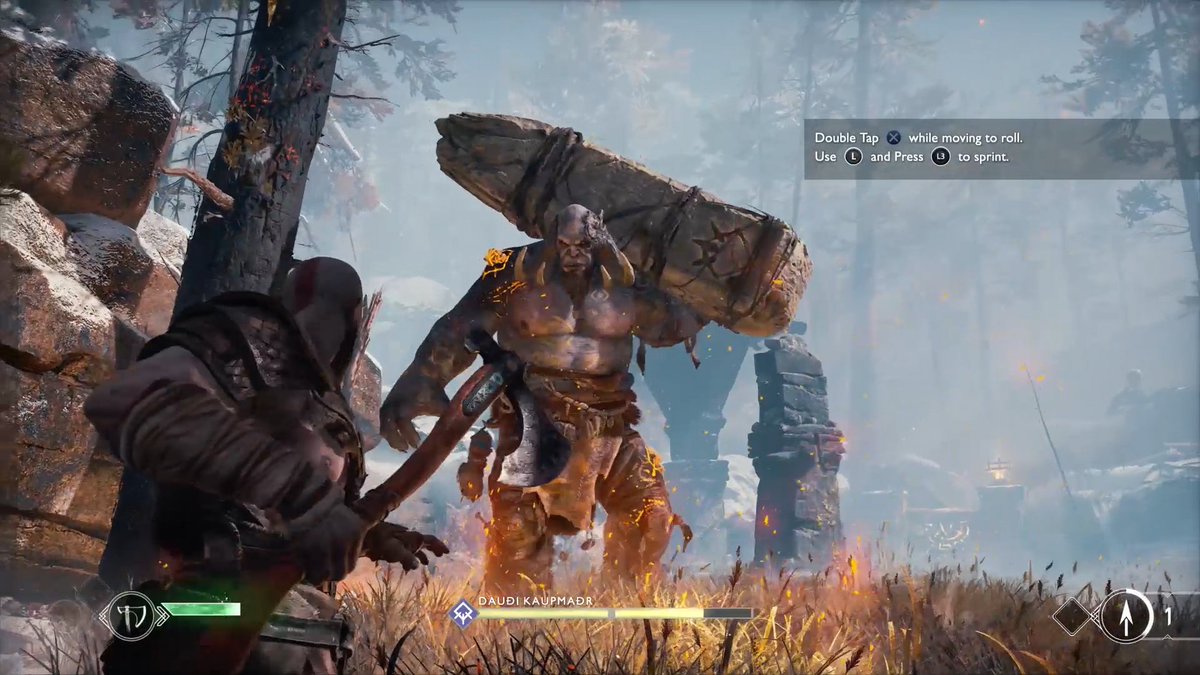
BLOCKABLE ATTACKS - Every attack from an enemy this large should be unblockable, right? Ironically, having attacks with different properties (blockable vs unblockable), regardless of enemy size, allows the player to engage with their entire toolset. 1/3
This initial attack doesn’t do damage if blocked. Furthermore, the follow up attack CONVENIENTLY misses the player by a hair if blocked. There’s a few hit frames on the column as it lays on the ground to discourage the player from rushing in, but presents no real threat. 2/3
This attack also serves as an encourager to dodge since the attack literally takes away the middle/front of the player. Bosses are designed with skill checks in mind and are essentially glorified tutorials in this case. 3/3
RESETS - In this scenario, the boss performs a quick stomp to push the player back and prevent them from landing their 4th attack which actually staggers the boss. At this point, neither the player or boss have an advantage and essentially “reset” the fight. 1/3
The designers made sure to trigger the stomp slightly after 3 consecutive axe swings which forces the player to block/evade cancel; otherwise, the math (time to hit on 4th swing vs stomp speed) will work in the boss's favor. 2/3
However, player skill can overcome this math if the player skillfully times their approach/spacing after the boss's attack has finished. In this video, I'm able to “sneak” in the 4th axe swing because I engaged with the other mechanics (sprint), buying me more time. 3/3
COUNTER ATTACK - Bosses can’t be pushovers so they must have ways to handle DERIVATIVE player behavior. If the player manages to land the 4th axe swing and stagger the boss, it will ALWAYS perform a stomp attack if the player is close by once it exits the stagger reaction.
TINY DAMAGE - Generally, the faster the attack, the lower the damage. When the stomp hits, damage output is TINY compared to other attacks. This reinforces Kratos’s wrecking ball style. Also, Kratos’s hit reaction recovers quickly never leaving him in danger to follow up attacks.
PHASE CHANGES - This boss has one state change at 50% health where he performs more furious attacks with longer attack strings. This forces the player to engage other tools and different approaches. The number of state/behavior changes is kept to a minimum with this enemy.
• • •
Missing some Tweet in this thread? You can try to
force a refresh





